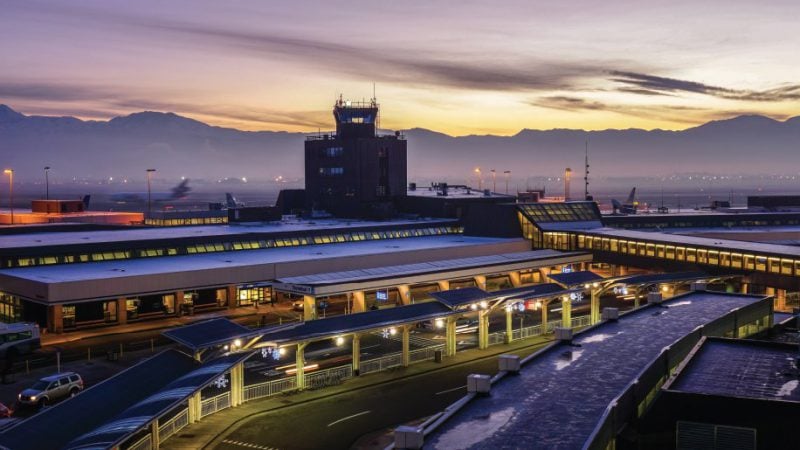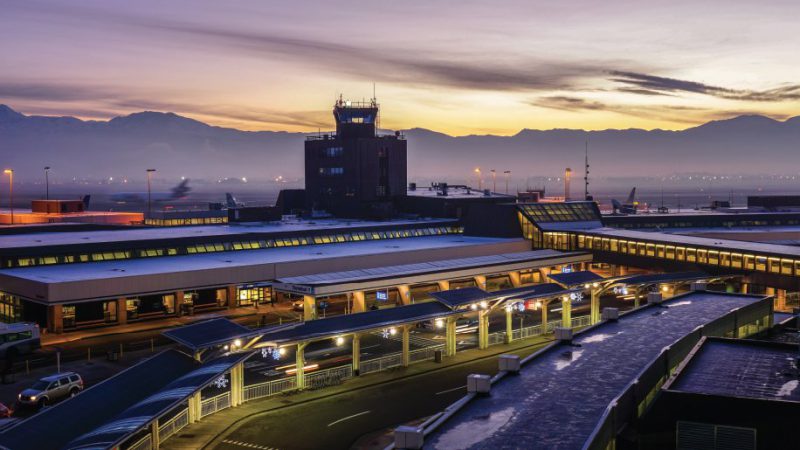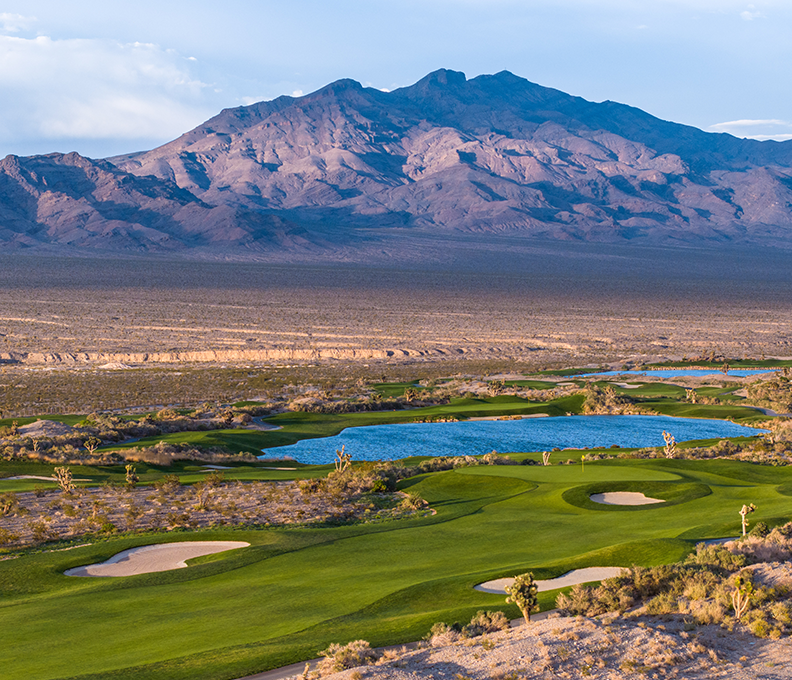Crossroads of the West
With the opening its new airport, Salt Lake City maintains its standing as one of America’s key transportation links
November 30, 2020


An important gateway to the western US has a lot to celebrate as Salt Lake City’s beautiful new terminal, dubbed The New SLC, has opened in the midst of a global pandemic. Salt Lake City (SLC) unveiled the first phase of its new terminal complex in September with a second concourse opening a month later to great fanfare. Construction for the new airport began in 2014. When all phases of the facilities are complete, the airport will be able to accommodate 34 million travelers annually as SLC sets its sights on future growth far beyond the world of COVID-19.
SLC is an important hub for Delta Air Lines, and this significant upgrade over the airport’s original facilities – most of which will soon be demolished – was a much-needed enhancement even before the days of coronavirus. Part of the old terminal complex required passengers traveling on regional jets to walk outside to the plane exposing them to cold temperatures and precipitation in chillier months. Now, all gates have jet bridges (although there are some gates for regional aircraft where a shuttle drives travelers from the terminal to the plane).
On opening day, Bill Wyatt, the airport’s executive director, said, “To say we are excited to be here today is an understatement. After six years of construction and many more years of planning, we are proud to open the first new US hub airport in the 21st century.”
As the first entirely new hub airport facility to open, SLC is already prepared for the next stages of growth. Additional phases in the airport’s growth plan, which will be implemented based on demand, include the option to add more gates to the concourse buildings for further expansion.
The airport was built without using any local tax dollars, and instead relied on the airport’s own revenue as well as funding from passenger facility charges (fees typically tacked onto an airline ticket), bonds and federal grants.
Smart Spaces
The airport is on track to achieve LEED Gold Certification from the US Green Building Council recognizing its impressive efforts for sustainable design. In addition to using locally sourced materials and energy-efficient systems in the architecture, the airport’s ground equipment is electric, which helps to reduce the airport’s output of greenhouse gases by 8,000 metric tons of each year. In the 3,600-space parking deck (twice as many spaces as before), the airport has added more charging ports for electric vehicles.
The stunning terminals feature plentiful natural light through 50 foot-tall windows with panoramic views of the apron. The building’s design and architecture are inspired by the area’s canyon and mountain landscape with lighting that adjusts throughout the day to mimic sunlight and shadows.
Concourse A-West houses 25 gates for Delta Air Lines while Concourse B has 21 gates for all other SLC airlines as well as several more gates to be used by Delta. The airport now has six gates equipped for international flights, which means they are directly connected to Customs and Border Patrol facilities, allowing passengers to walk from the plane to take care of the necessary arrival formalities.
The new airport facilities can welcome some of the largest planes on the commercial market, too. While none is scheduled to serve the airport at the moment, the gates can handle a plane as large as the Boeing 747-400 while the runways can withstand the weight of an Airbus A380.
Connecting the two concourses is a nearly 1,000-foot long underground tunnel with artwork that showcases the state’s four distinct seasons through an intricate mural. Interestingly, the tunnel was built back in 2004 using funding from a federal grant when the airport first anticipated this project, but it was not officially opened until now.
Each seat in the gate areas features a power outlet and two armrests for additional space (even more reassuring these days), which is a vast improvement over the old terminal building’s waiting areas. The airport is also proud of the fact that it has ample restroom facilities meaning that typically no traveler is more than 150 feet from the nearest restroom. That’s impressive for such a large building. Concourse A is as long as a dozen football fields.
Among the many dining options are several local breweries and pubs, which bring a taste of Utah to the travel experience even for those who are just connecting through the airport. The new airport practically doubles the amount of retail space for travelers with as much as 45,000 square feet dedicated to shopping with prices said to be on par with street pricing.
Advanced Security
Among the new features of the airport is a centralized security screening checkpoint that features more advanced body scanners and more efficient screening lanes allowing multiple travelers to divest their items simultaneously. The “automated screening lanes” use conveyor belts to return bins from post-screening back to the front of the checkpoint while also diverting bins that require additional screening to a separate lane.
The bins also have a radio frequency tag that keeps track of the contents along their journey and make it easier for staff to search bags that need an additional check.
Behind the scenes, new screening technology automates the security process for large items like skis, bikes and golf clubs, the kind of gear the airport sees a lot of throughout the year. Previously, these were hand-screened by TSA. Salt Lake City is the first US airport to have automatic inspection of such large checked items.
During the summer months, the $170 million baggage screening system can manage 3,540 bags every hour while during the winter months, it can handle 3,276 bags per hour. The new baggage system stretches six miles in length; that’s an impressive journey for your bag to travel before it even takes flight.
Triple Sized Sky Club
As the airport’s only lounge, here’s some exciting news for travelers: Delta fliers will find a new 27,000-square-foot Sky Club that is triple the size of the one it replaced. It also has a popular Sky Deck terrace (similar to the outdoor balconies in Delta’s Atlanta, Austin, and New York JFK clubs) with views of the airport and Wasatch Mountains.
Unlike its predecessor, this lounge has showers, which is a welcome sign for those stepping off longer flights. There are also lounge chairs, closed pods for phone conversations, work cubicles with power outlets and bag storage, a fireplace, and plentiful regional art and photography.
The New SLC is poised for great things both now and in the future. While it is unclear just when the majority of travelers will return, the age-old adage “if you build it, they will come” is certainly what the airport is hoping will happen as fast as possible.




